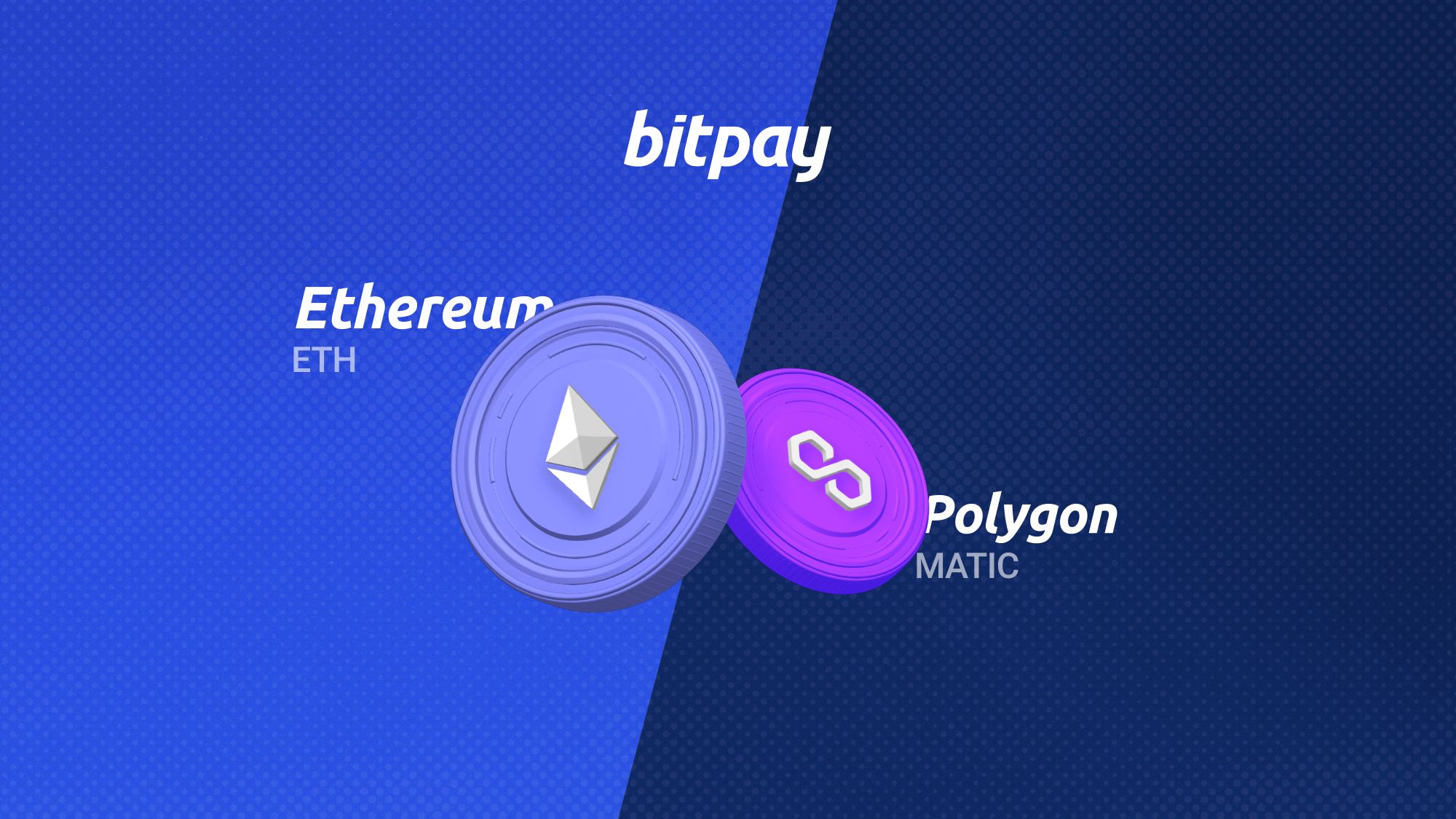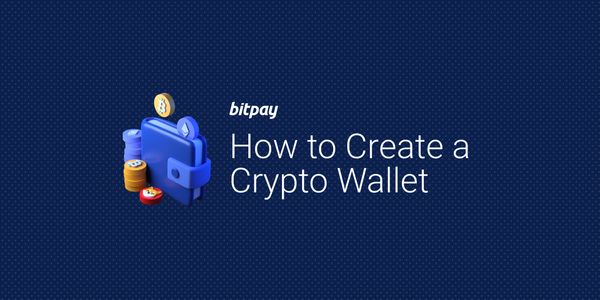Ethereum and Polygon are two of the most popular networks for participants in a variety of decentralized finance (DeFi) and Web3 activities. While Ethereum was initially conceived as a way around some of Bitcoin’s early limitations, Polygon, in turn, was created as a solution to address some of Ethereum’s. Polygon is a scaling solution (or sidechain) that runs parallel to the Ethereum blockchain. This means Polygon is fully compatible with Ethereum, but enables transactions to be conducted at a fraction of the cost, thanks to its network of low-traffic sidechains.
Ethereum (ETH) and Polygon (MATIC) are two closely aligned yet distinct blockchain projects which both play a significant role in the decentralized finance (DeFi) ecosystem. Both are popular for taking part in Web3 activities like creating smart contracts, decentralized apps (dApps), and forming decentralized autonomous organizations (DAOs) but there are a number of key differences between the cryptocurrency networks. The Ethereum blockchain is synonymous with DeFi, but its poor scalability often means high fees and lengthy transaction times. Polygon came about as a sidechain solution that's heavily aligned with the Ethereum blockchain to address some of its scalability challenges, providing a cheaper, faster way for users to pay with crypto and interact with the wide world of DeFii.
Ethereum’s origins
Ethereum is both a blockchain and a decentralized, open-source software platform. Its native crypto token, Ether (ETH), powers the network and provides incentives for miners to validate transaction blocks. It was launched in 2015 by a group of developers who felt boxed in by the limitations of the Bitcoin blockchain and wanted to use the technology for more complex financial transactions. Its founder, Vitalik Buterin, published the Ethereum whitepaper outlining its features and architecture in July 2014.
Its early-mover advantage as one of the first cryptocurrencies to garner mainstream attention, coupled with its flexibility and power as a development platform, helped Ethereum become one of the most widely-used blockchains. Ether is second only to Bitcoin in both price and total market cap, with the total value of ETH circulating just shy of $230 billion as of late-May 2023. Ether was initially launched as a proof-of-work blockchain like Bitcoin, for which validating transactions required vast amounts of computing power. In an effort to address some of its scalability and efficiency issues, Ethereum transitioned to the less energy-intensive proof-of-stake consensus mechanism in September 2022 in an event called The Merge. Even after The Merge, however, Ethereum’s popularity still results in hefty transaction fees during times of high network traffic, which is the central appeal of sidechain solutions like Polygon.
Polygon’s origins
Polygon’s origin story closely follows that of Ethereum, which was born out of developer frustration at some of Bitcoin’s shortcomings. Polygon (then called Matic Network), was created in 2017 by a quartet of Mumbai-based software engineers looking to improve upon Ethereum’s user experience, particularly around transaction time and cost. Gas fees are paid to network participants for their work in securing the network and validating new transaction blocks, usually in the network’s native cryptocurrency. The more crowded a blockchain network is at any given time, the more in gas a user will have to pay to process their transaction. Even after The Merge, Ethereum is only capable of processing around 27 transactions per second (TPS), a key measure of a blockchain network’s scalability. This is far superior to Bitcoin’s average of 7 TPS, but pales in comparison to Polygon’s 7,000 TPS.
Polygon Network’s native cryptocurrency, MATIC, was launched during the initial coin offering (ICO) boom of 2019. Like many nascent cryptocurrencies, MATIC debuted with a price of a fraction of a penny. It would reach an all-time high of $2.92 during the 2021 runup before sliding alongside the rest of the crypto market in the years following. As of late-May 2023, the price of a single token sits at just under $0.90, but MATIC is still the 10th most valuable cryptocurrency, with a market cap of nearly $8.5 billion.
Which is better for payments?
There are a number of criteria to consider when evaluating a cryptocurrency’s utility as a payment method. When it comes to transaction fees, MATIC is the clear winner. According to CoinGecko data, a typical Ethereum gas fee for a simple ERC-20 token transfer runs around $1.68. Compare that to Polygon’s gas fee of $0.0026.
As mentioned above, the Ethereum Network is only capable of processing around 27 transactions per second. Polygon, on the other hand, leveraging its network of far less-congested sidechains, is able to process around 7,000 transactions per second. Polygon clearly also has the advantage in this matchup.
When it comes to ubiquity, Ether is the second most valuable cryptocurrency, and enjoys widespread use and name recognition. However, since BitPay announced support for Polygon in 2022, thousands of merchants around the world now accept both ETH and MATIC payments. As the leading crypto payment processor, BitPay accepts ETH and MATIC payments from practically any wallet.
Related reading:
- Spend Polygon: 11+ Places that Accept Polygon (MATIC)
- Who Accepts Ethereum? How to Pay with Ethereum
Which is the better investment?
Like most cryptocurrencies that aren’t stablecoins, both Ether and MATIC have experienced dramatic price fluctuations since their launch. If you had purchased either token early enough and held on through the ups and downs, your holdings today would likely be worth many thousand times more than your initial investment. Of course, that’s a great big “if”, because timing the market is a myth.
The price of Ether has experienced many of the same ups and downs as its big brother Bitcoin, though not quite reaching the same astronomical heights. While Bitcoin’s all-time high is around $68,000 per token, Ether has never quite crested $5,000. That’s not to say Ether’s price movement hasn’t been dramatic. At the start of the 2017 bull run, Ether was priced at around $50 per token, climbing to over $1,200 at the start of 2018. Ether began 2021 at just $750 per token before rising to over $4,700 by the end of the year. As of late-May 2023, one Ether will set you back around $1,900.
MATIC launched via ICO in 2019 at a price of just $0.00263 per token. As its popularity grew as a way around Ethereum’s scalability issues and high fees, MATIC’s price reached $0.05 in August 2020 before climbing to its all-time high of $2.92 in December 2021. As of May 2023, the price of a single token sits at just under $0.90, but MATIC is still the 10th most valuable cryptocurrency, with a market cap of nearly $8.5 billion.
Related: Using Dollar-Cost Averaging (DCA) Strategy to Build Wealth with Crypto Assets
Looking forward
Ethereum was created as a solution to some of Bitcoin’s limitations. Similarly, Polygon was created to improve some aspects of the Ethereum experience users felt was lacking, particularly around scalability, speed and network fees.Even in its relatively short time in the market, Polygon has rapidly evolved. Ethereum is on its own trajectory of evolution, having recently completed The Merge, one of the most significant events in the history of the Ethereum blockchain. Given the continued growth of the DeFi ecosystem, Web3 and alternative payment solutions, both Polygon and Ethereum will likely have a prominent seat at the blockchain table for some time to come.
More comparisons of popular cryptocurrencies:


